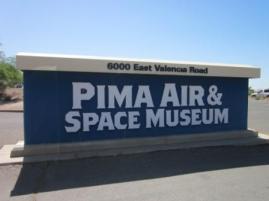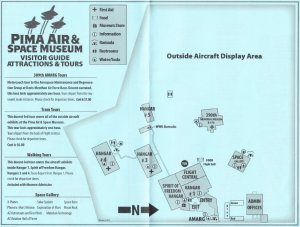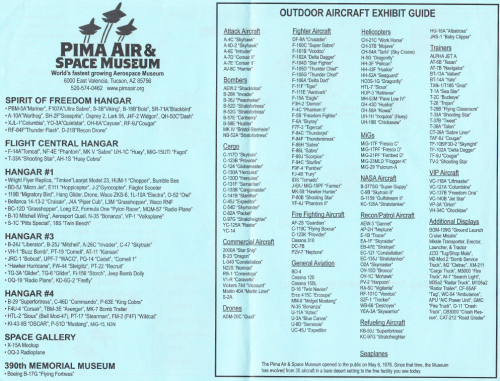Today, August 6th, in 1945 the Boeing B-29 Superfortress “Enola Gay” dropped over Hiroshima (Japan) the first nuclear bomb, “Little Boy“, used in combat. I guess you have had the chance to read about it in several places along the day. However, I thought of writing this post in order to connect several points related to the story, some of which I have only discovered quite recently…
Hiroshima
Luca and I, together with some friends visited Japan during the summer of 2008. A mandatory stop was Hiroshima. There we visited the Hiroshima Peace Site, museum and park.
You can spend several hours in the museum: from reading about the life in Hiroshima prior to the war, during the war and before the bombing, about the Manhattan Project, learning from specific cases of victims of the bomb, several testimonies, replicas from wounded people, etc. Some parts of the museum are truly shocking.
In the museum you could read several letters related to the Manhattan Project, for example these two from brigadier general Leslie Groves (in charge of the project) and Albert Einstein:

Letter from brigadier general Leslie Groves (Hiroshima Peace Memorial Museum).

Einstein’s letter to F.D. Roosevelt (Hiroshima Peace Memorial).
Some years ago, I read the book “The World as I see it“, from Albert Einstein in which he explained retrospectively his thoughts at the time of supporting the Manhattan Project. I already wrote a post about that book and recommend the reading of it.
In the Memorial Park, two things caught my attention: Genbaku Dome and the story of Sadako Sasaki.
Genbaku Dome
The dome (also called “A-dome”) was the only structure in the area which was left standing. This is because the explosion of the bomb happened at about 600m above the dome and about 150m away horizontally enabling the structure to stand the nearly vertical compression it suffered due to the blast.
The dome was initially scheduled to be demolished, but finally it was preserved, being today UNESCO World Heritage Site.

Genbaku Dome, Hiroshima.
Sadako Sasaki
As I did in a post I wrote 3 years ago, in order to explain her story I will paste below an excerpt from Wikipedia‘s article on the history of origami (paper birds):
Legend says that anyone who folds one thousand paper cranes will have their heart’s desire come true. The origami crane has become a symbol of peace because of this legend, and because of a young Japanese girl namedSadako Sasaki. Sadako was exposed to the radiation of the atomic bombing of Hiroshima as an infant, and it took its inevitable toll on her health. She was then a hibakusha — an atom bomb survivor. By the time she was twelve in 1955, she was dying of leukemia. Hearing the legend, she decided to fold one thousand origami cranes so that she could live. However, when she saw that the other children in her ward were dying, she realized that she would not survive and wished instead for world peace and an end to suffering.
A popular version of the tale is that Sadako folded 644 cranes before she died; her classmates then continued folding cranes in honor of their friend. She was buried with a wreath of 1,000 cranes to honor her dream. While her effort could not extend her life, it moved her friends to make a granite statue of Sadako in the Hiroshima Peace Park: a young girl standing with her hand outstretched, a paper crane flying from her fingertips. Every year the statue is adorned with thousands of wreaths of a thousand origami cranes.
The tale of Sadako has been dramatized in many books and movies. In one version, Sadako wrote a haiku that translates into English as:
I shall write peace upon your wings, and you shall fly around the world so that children will no longer have to die this way.

Hiroshima Peace Memorial park paper cranes.
In previous posts in the blog I explained how I have repeatedly encountered these paper birds around the world: in NY Saint Paul’s Chapel (close to World Trade Center zone zero), in Manzanar War Relocation Center (where Americans of Japanese origin were kept captive during WWII)…
Enola Gay
The “Enola Gay“, the Boeing B-29 Superfortress (named after the mother of the pilot Paul Tibbets) that dropped the bomb has become known worldwide. You can see the actual plane at the National Air and Space Museum in Dulles (Washington DC), where it is on exhibit. I wrote about that museum in this post, and you can see the airplane in the image below:

Boeing B-29 Superfortress “Enola Gay” at National Air and Space Museum (Washington DC).
However, there are other aerospace museums where you can get closer to B-29 Superfortress aircraft, for example, the Pima Air and Space Museum in Tucson, Arizona, which we visited some months ago. There they had one B-29 on exhibit in one of its hangars:

Boeing B-29 Superfortress at Pima Air and Space Museum (Tucson, AZ).
In the Pima museum, you could get really up close (not so in the NASM in Dulles) and you could get your head inside the bomb bay of the aircraft, the same bomb bay from which “Little Boy” was dropped from the “Enola Gay”:

Bomb bay of a B-29 Superfortress (at Pima Air and Space Museum, Tucson, AZ).
Close to this B-29, they displayed two replicas of the Enola Gay and the bomb, “Little Boy”:

B-29 “Enola Gay” replica and “Little Boy” bomb replica (at Pima Air and Space Museum, Tucson, AZ).
And finally, you could see a replica of the Enola Gay’s Navigator’s Log. I was caught by surprise to find all this material at the museum. The original log, written by the navigator that day, Theodore “Dutch” Van Kirk, was sold in a public auction some years ago for over 350k$.
While at the museum, I took some minutes to watch the replica, the route the plane followed, the points of reference it used, the notes he made… and especially, the line in which Theodore, at 9:15am, noted “Bomb Away” (the 10th line of the second box) just before turning back over the port of the island of Omishima (which is wrongly reported in the log as “Mishima”).

Replica of Navigator’s Log of the “Enola Gay” (at Pima Air and Space Museum).
The picture above hasn’t got very good quality, but you can read an account of those moments in the following passage from the book “Japan 1945: From Operation Downfall to Hiroshima and Nagasaki” (by Clayton Chun):

Excerpt from “Japan 1945: From Operation Downfall to Hiroshima and Nagasaki” by Clayton Chun.
***
It was a long post this time, but I think it was worthwhile to touch the story from the several points of view I have “experienced” it throughout these last years.






























